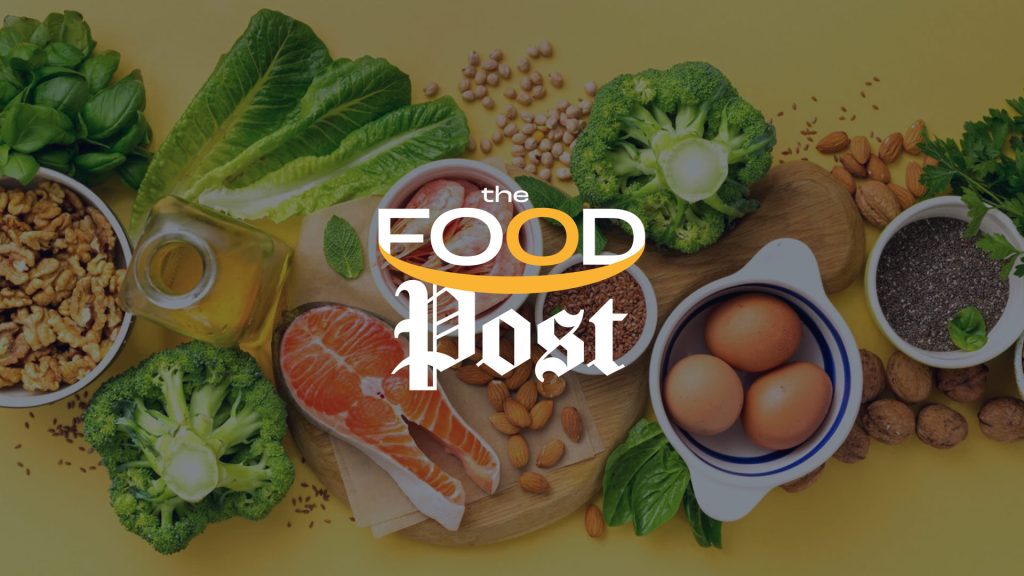Belgium and Sweden have solid control structures for meat products but both systems can be improved, according to the European Commission.
An audit by DG Sante in September 2024 in Belgium evaluated controls on slaughter hygiene and meat inspection.
The audit found that the system over the production and placing on the market of red meat and poultry meat is largely adequate. However, some of the national positions on own-check sampling of carcasses do not ensure compliance with EU requirements.
Weaknesses were identified in implementation of the official control system. They related to verification of food businesses compliance with microbiological criteria and enforcement of correcting certain non-compliances.
Deadline deficiencies
Belgian rules allow firms to take own-check carcass samples at the end of the slaughter line, or in the chiller, up to two to four hours after slaughter. The audit team noted in four large capacity slaughterhouses that the business took these samples when the carcasses had already undergone blast-chilling. This is not in line with EU regulations which require such samples to be taken after dressing but before chilling.
The Federal Agency for the Safety of the Food Chain (FASFC) said rules will be amended to ensure compliance with European legislation. A guide for domestic slaughterhouses is currently being revised and the new version is planned for mid-2025.
According to data provided by FASFC, in 2023, official controls in slaughterhouses resulted in 51 warnings, 14 legal proceedings and two procedures for withdrawal or suspension of approval.
There were some inconsistencies on the deadlines set to rectify non-compliances. In two slaughterhouses the timeline given to the company to fix the issues related to knife sterilizers — insufficient contact time with the disinfectant used to sterilize knives — was about two months and in one case the deadline was extended. In other slaughterhouses, immediate action was requested.
According to FASFC data, in 2023, the number of official samples taken from carcasses in slaughterhouses that tested positive for Salmonella was 824 for pigs, 882 for bovines, and 288 for sheep. For broilers, there were 574 Salmonella positives and 567 positives for Campylobacter.
The analytical method used by the company is not consistently verified during official controls. In some cases, it was not clear from their procedures nor from the analytical results whether the reference method or an alternative method was used.
Swedish audit
Another audit by DG Sante on the same topic was done in Sweden in February and March 2024.
It found that the overall system provides reassurances that official controls on the production and placing on the market of red meat and poultry meat are delivered as intended.
However, some weaknesses were identified, such as when a non-compliance is detected, the relevant authority does not always take timely and appropriate measures to ensure the operator fixes the problem and prevents a reoccurrence.
The audit team saw an example of a company that was charged a monthly fine until a non-compliance with dirty carcasses was considered under control. In 2022, at national level, 940 enforcement actions were initiated by Official Veterinarians at the 121 active approved facilities.
Auditors found that several deficiencies were long-standing and had been under enforcement for a long time, without having achieved the required results. In some cases, deadlines for addressing issues had expired and a new deadline had been given without further consequences, or the follow-up had taken place a long time after the deadline had expired. In other cases, deadlines were too long and did not take into account severity of the non-compliance.
In one establishment, the maintenance and cleaning of some wall surfaces near and in one of the chillers were not satisfactory, said auditors. Although the company had begun refurbishing to remedy the situation, the enforcement process had lasted several years. Some areas where work was in progress were not suitably isolated to avoid risks of cross-contamination of carcasses and offal intended for human consumption.
In response, Livsmedelsverket (the Swedish Food Agency) said: “We will ensure that, when a non-compliance is established, the competent authority takes appropriate measures so that the operator concerned remedies the non-compliance and prevents reoccurrence of the same as required by Article 138 of Regulation (EU) 2017/625. Our aim is that this will be in place by September 2025.
“To be able to succeed with this, we will ensure that our enforcement system, that we already have in place, works more satisfactorily and in the same way throughout our organization. We will also make sure that instructions are followed by our personnel involved in controls.”
(To sign up for a free subscription to Food Safety News, click here)

